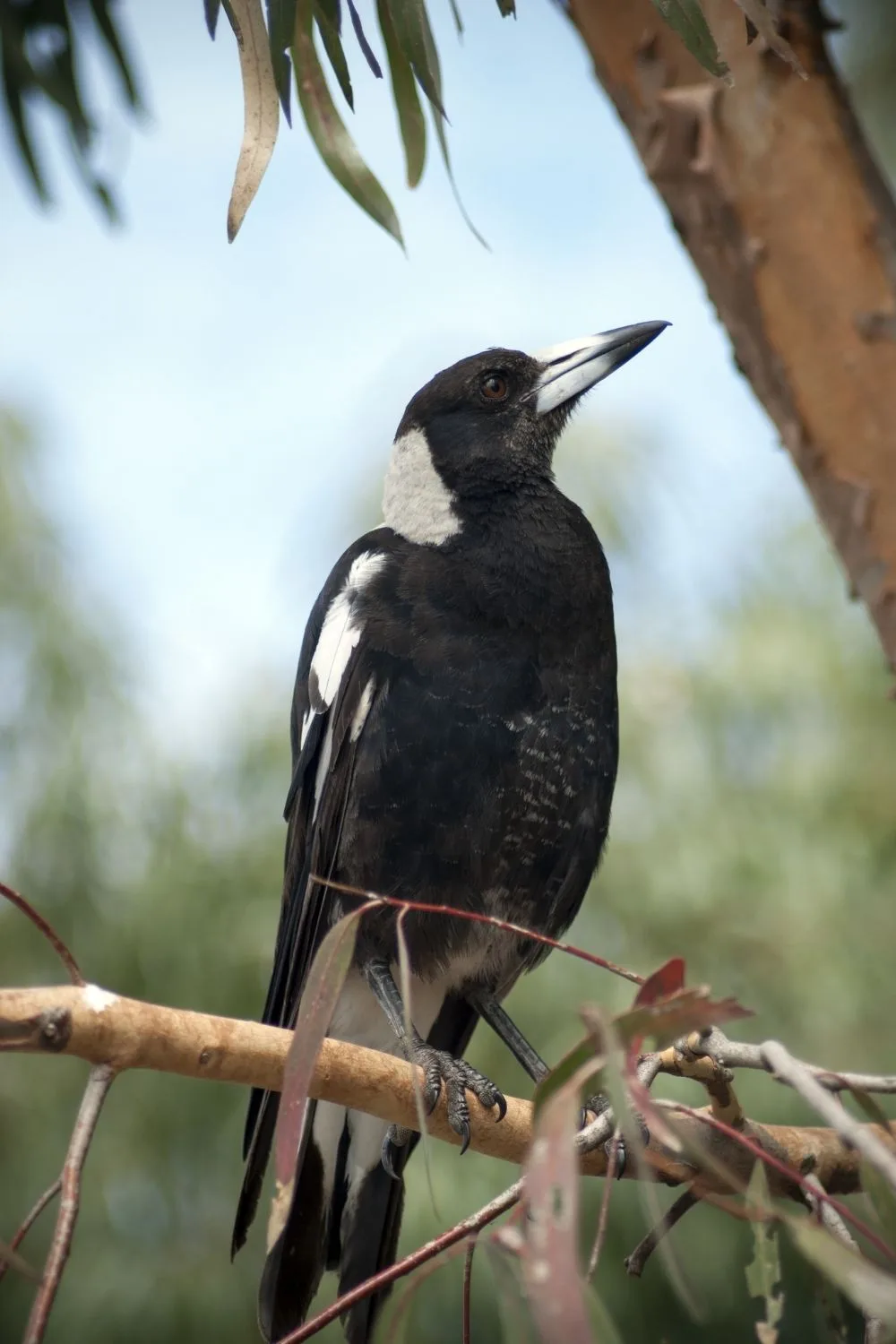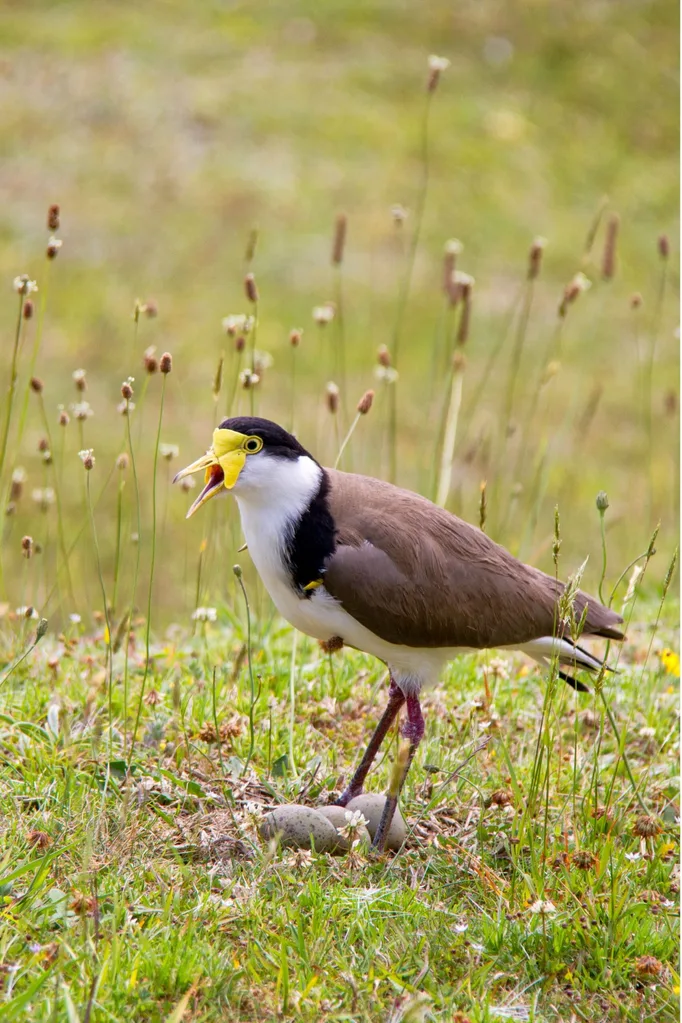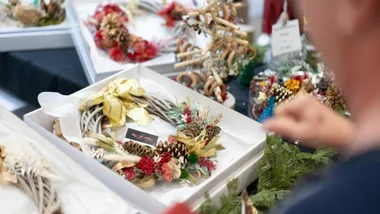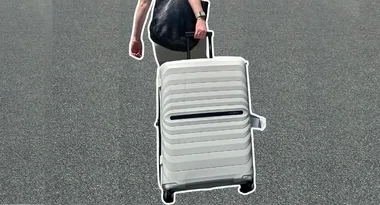It’s time to keep an eye on the trees you’re under during walks or bike rides, because magpie swooping season has begun.
Some may say it started early, with reports from Magpie Alert that swooping began in July. So far, there have been 1616 swoops reported across Australia, and while the majority of the attacks have only been scary, 12% have caused injury. These injuries may not only be from getting clawed or pecked at, but they often arise from falling over after trying to run away.
While many birds swoop on us, Australian magpies have a bad reputation for it. And while it may feel like they’re waiting, plotting and targeting – it actually isn’t the case.
We reached out to a lecturer in Wildlife Science from the University of Southern Queensland, Dr Meg Edwards, for some advice on not getting swooped this year.
Why do magpies swoop?
The reason we notice a “swooping season” around spring is because it marks their breeding season. Swooping is their instinctive protective behaviour to ward off predators from their nests.
“Most magpies tend to swoop between August and November, when eggs and chicks are in their nest,” Dr Edwards says. “The swooping behaviour is the magpies simply trying to defend their nest from something they perceive as potentially threatening. The good news is swooping season is usually only intense for a few weeks while the chicks are most vulnerable in the nest, which usually happens sometime between August and October.”
Who do they see as a threat?
On Magpie Alert, so far this year cyclists have the highest percentage of swooping attacks at 67.7%. Following this is 18.9% for walking and other activities such as eScooters, walking dogs, running and making deliveries have smaller percentages.
“People on bikes, joggers and little kids might seem more threatening to a magpie,” Dr Edwards says.
“But humans aren’t being singled out – magpies can swoop other birds to defend their territory and suitable nesting sites, or protect their young from predatory birds, cats, or foxes,” she added in her article on The Conversation.

What to do if a magpie starts swooping
If a magpie swoops you, it means you’re in the red zone and you should immediately change course.
“Generally, male magpies will perform a warning swoop when they perceive danger,” Dr Edwards says. “If that’s ignored, they can swoop a second or third time. This is often combined with alarm calls and clapping their beak to make warning sounds.”
Getting scared and running off isn’t the correct way to respond. Dr Edwards suggests to “remain calm! The more we run and scream, the scarier we become. So if we can quickly but calmly walk away and out of the magpie’s territory, hopefully they’ll leave you alone.”
Unfortunately for you, if you’ve already been swooped, it’s likely to happen again. Why? Because magpies have an exceptional memory.
“Magpies can recognise and remember human faces, and have been known to swoop the same people year after year.”
It’s important to remember that as an animal native to Australia protected by the Nature Conservation Act 2014 and the Animal Welfare Act 1992, it is actually illegal to harm magpies. In fact, most of the time, magpies present no threat, play an important part in our Australian eco-system, and can be friendly!
How to avoid being swooped
Cyclists, walkers and runners rejoice; you don’t have to lock yourself in the house for the entirety of spring just yet.
“There are lots of methods that people try to stop swooping magpies, like having googly eyes and zip ties on bike helmets,” Meg said. “The best thing we can do is try to avoid the magpie nesting area for those few critical weeks.”
Wait until the chicks have left the nest, and wear “protective gear such as sunglasses and a hat to help you avoid injury”.
Here are the essentials if you want to avoid being swooped by a magpie:
- Know your swooping zones and avoid them if you can. Sometimes they will even be signposted by council or government.
- Walk quickly but don’t run, as this will increase magpies’ sense of danger.
- Protect your head with a hat, helmet or umbrella.
- Wear glasses or sunglasses to keep your eyes safe.
- Don’t turn your back. Keep facing toward the magpie or its nest as you move away.
- Don’t ride your bike through their territory; dismount and walk instead.
- Walk by in a group; magpies are more likely to target individuals.

Other swooping birds to look out for
Australian magpies aren’t the only birds who swoop us to protect their nests. There’s also magpie-larks and masked lapwings (also known as plovers).
They are “territorial and protective – and willing to dive-bomb humans,” Dr Edwards said. “Magpies tend to swoop from above. But magpie-larks – the unrelated black and white bird also known as peewees or mudlarks – can do more damage. When they swoop, they come in from the front and can go for the eyes.
“Other swooping birds in Australia include noisy miners – small native grey and yellow birds common in urban areas. These aggressive honeyeaters work as a pack to drive away threats, which can include us. They can also attempt to get food from unsuspecting picnickers. Then there are the masked lapwings, who nest on the ground and can swoop if you get too close.
“There are lots of birds that swoop around the world. It may be to defend their nest like the magpie, or it may be for food (think seagulls!). Some examples overseas include red-winged blackbirds and the American crow.”









